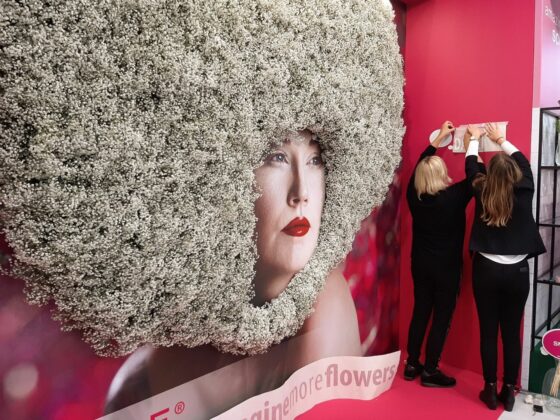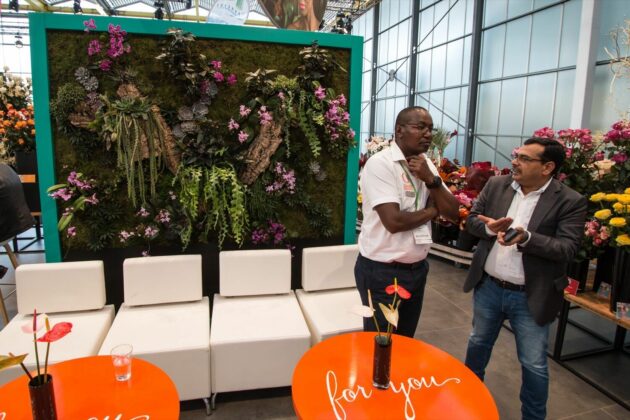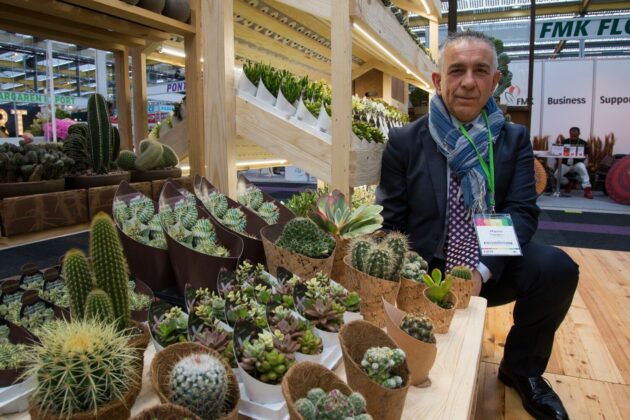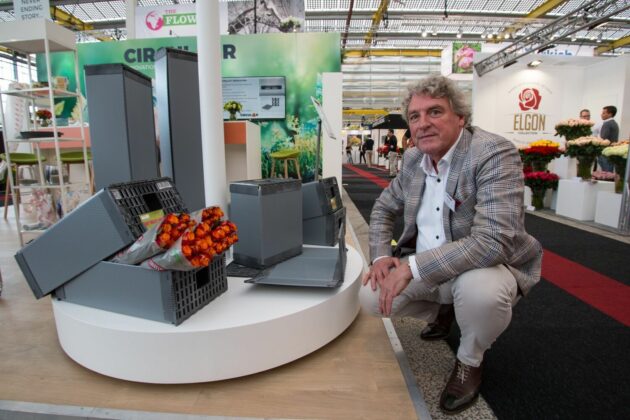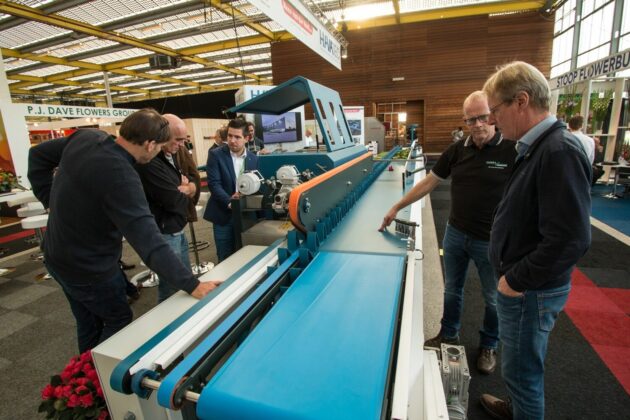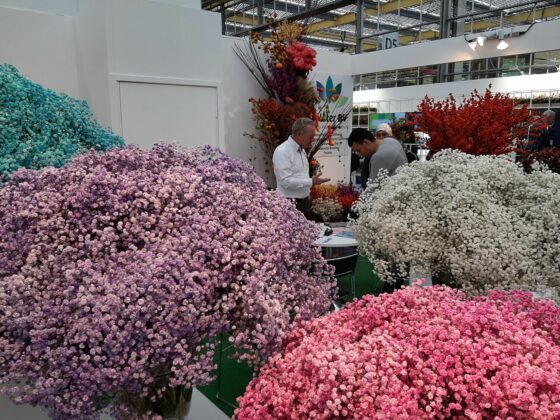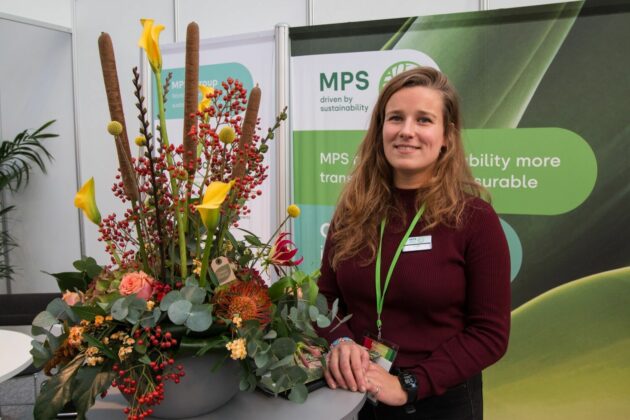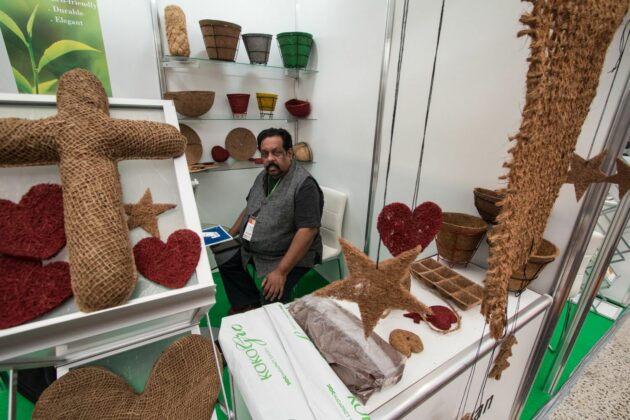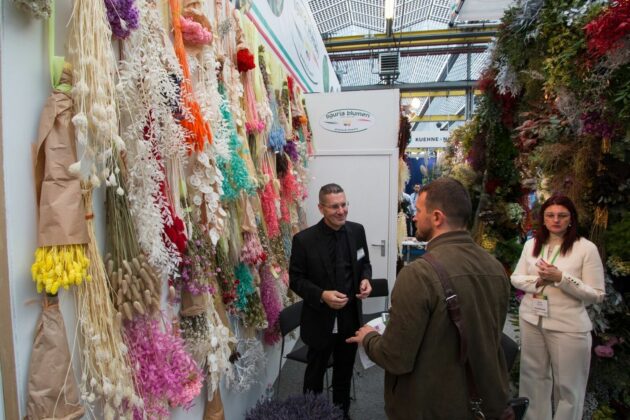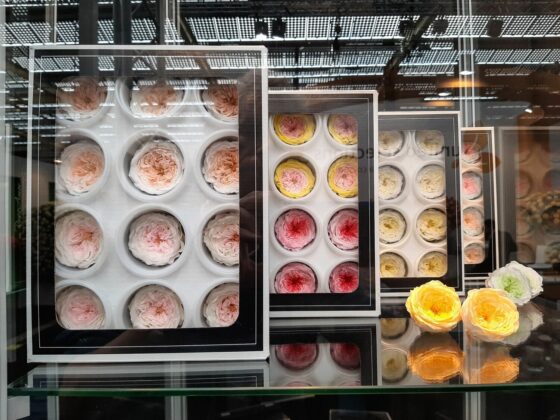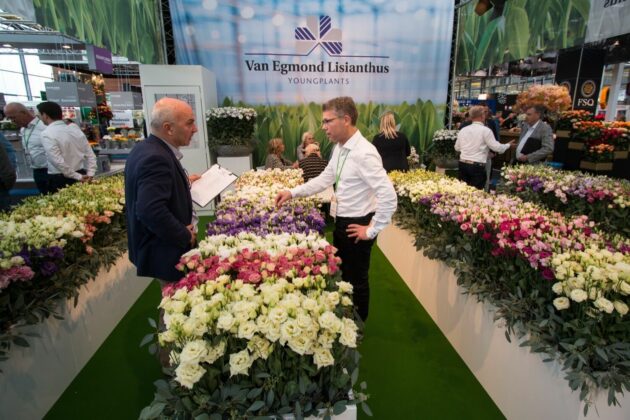From a new horticultural area in Ethiopia to calm restored in Ecuador. And from an acquisition in Kenya to edible roses in South Africa. IFTF always provides a good overview of the developments within the international flower sector. This year’s newcomer? Myanmar. FMK Business Support from the country formerly known as Burma explained they’re hoping to export their flowers to Europe in the future.
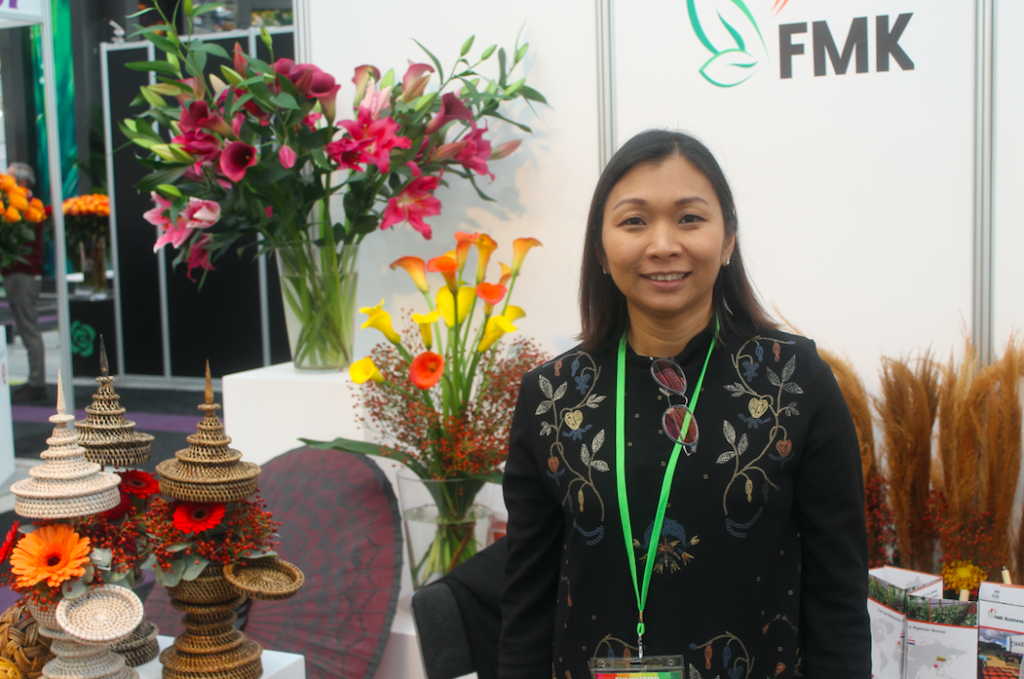
Myanmar has many small flower nurseries. They grow varieties that are 50 to 60 years old, which doesn’t result in great quality flowers. Their main product is chrysanthemum. It accounts for 60-70% of the supply. They also import flowers from China (rejects from the auction in Kunming) and Thailand – more poor-quality flowers arriving in Myanmar in containers, around 15 per day, to add to the dubious quality offered by the Burmese growers.
It was against this background three years ago, that FMK Business Support, under the leadership of Mya Thway, started importing fresh propagation materials from the Netherlands. Lily bulbs from Zabo, gerbera from Florist and rose from Dummen Orange. “At the moment, things are still very complicated, but in the future, we would like to export”, explained Thway. For the time being, 25-ha large, mountain-based FMK supplies to the domestic market. HPP Exhibitions, organiser of IFTF, is planning a trade fair in Myanmar for next year. Thway said she’s closely involved in the organisation of it.
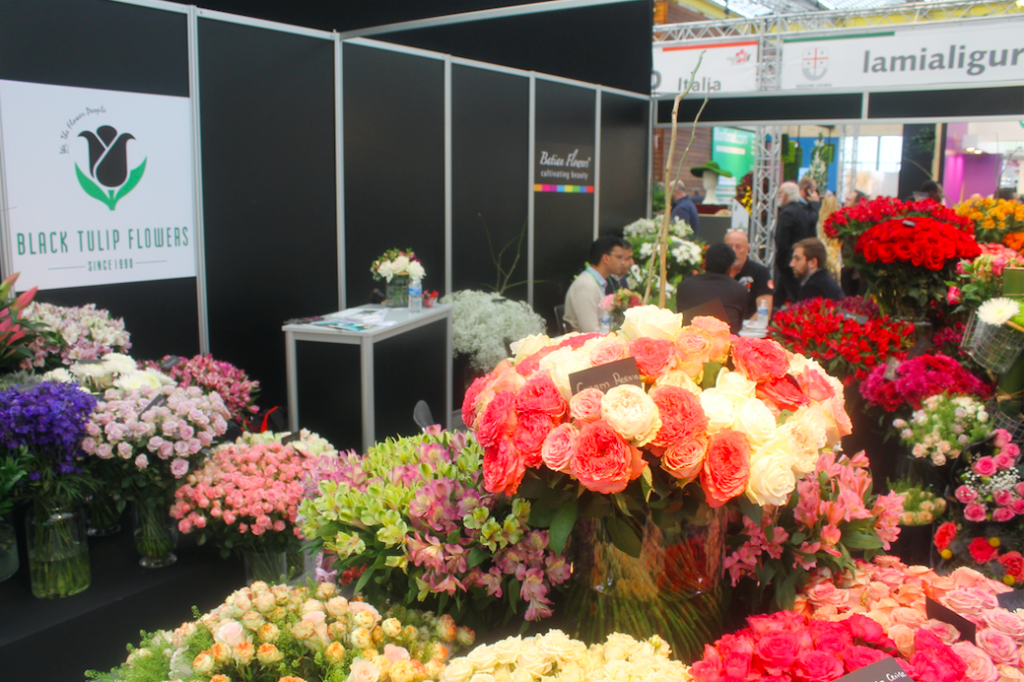
The biggest news from Kenya regarded the acquisition of the Batian Flowers alstroemeria nursery by Black Tulip Group, which took place a while ago. The two companies were sharing a booth at IFTF. Maurice Stephane of Black Tulip reported that the company is 250 to 300 ha large by now and that it has approximately ten farms in Kenya. What once started as a flower shop in Dubai, has become one of the largest floriculture companies in Kenya. The Middle East is still important for Black Tulip, as they still have several flower shops there, but the European market has become important for them, too. The Batian nursery in Mount Kenya will continue with alstroemeria as their main crop.
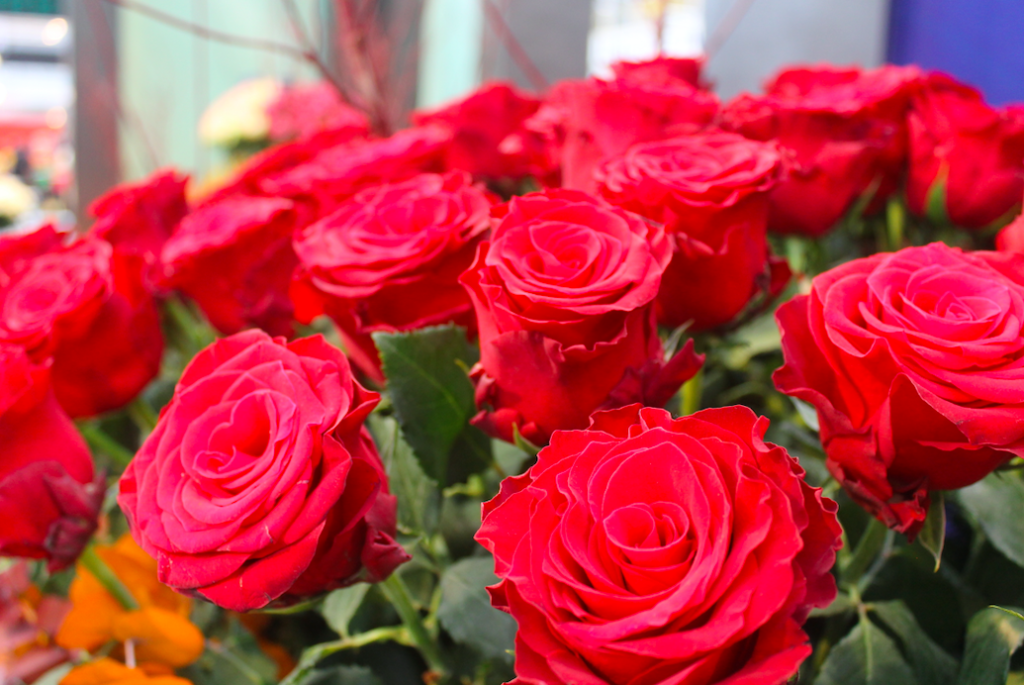
Another Kenyan grower – P.J. Dave Group – has been growing Premium Rhodos 3.0 since September. Still the same Rhodos roses, but the quality standards are higher. The stems of Premium Rhodos 3.0 must be more mature and they’re cut at a minimum length of 70 cm. Employees label the flowers that are to be processed as 3.0 with red stickers, explained breeder Huub Snijders of De Ruiter, who was closely involved in the introduction of the 3.0. There’s a lot of pressure on the rose market. According to De Ruiter, breeders need to do more these days than just create new rose varieties and get them licensed. Sales support and marketing campaigns have become essential.
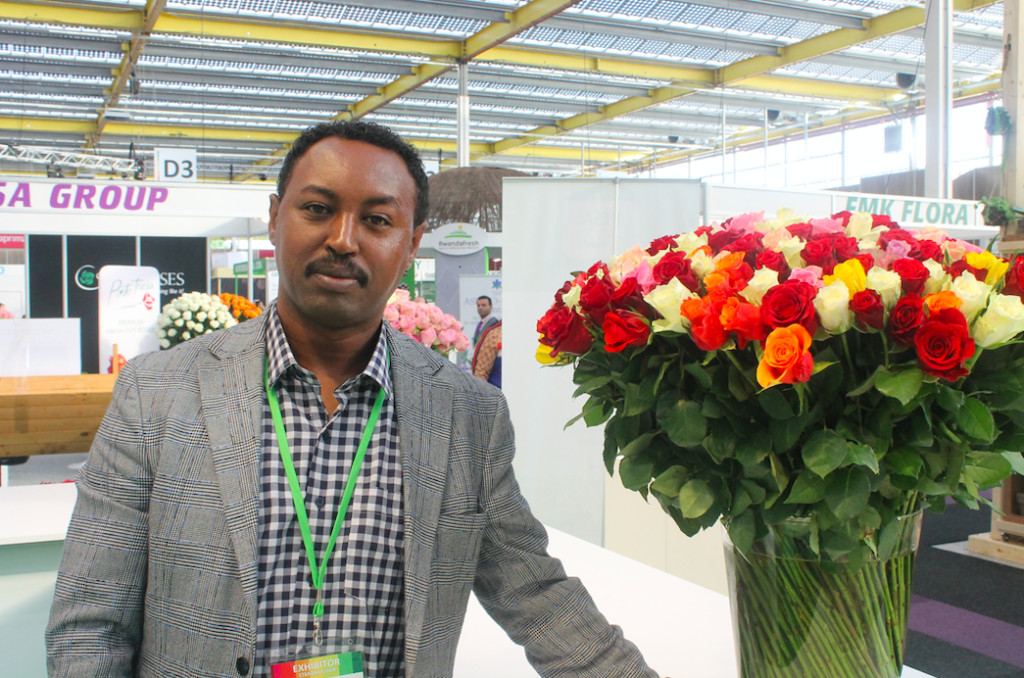
In Ethiopia, the focus is on a new horticultural area in Kunzila, close to Bahir Dar. The 500-ha project is to be developed by five growers in collaboration with Ethiopian and Dutch governmental organisations. The flower farms will be integrated in an existing 11,000-m2 agricultural area. The first grower has just signed the paperwork. As soon as the other parties have signed too, the construction works can begin. Tewodros Zewdie, director of the Ethiopia Horticulture Producer Exporters Association, called it a state-of-the-art project. More about this in Vakblad voor de Bloemisterij/Floribusiness later.
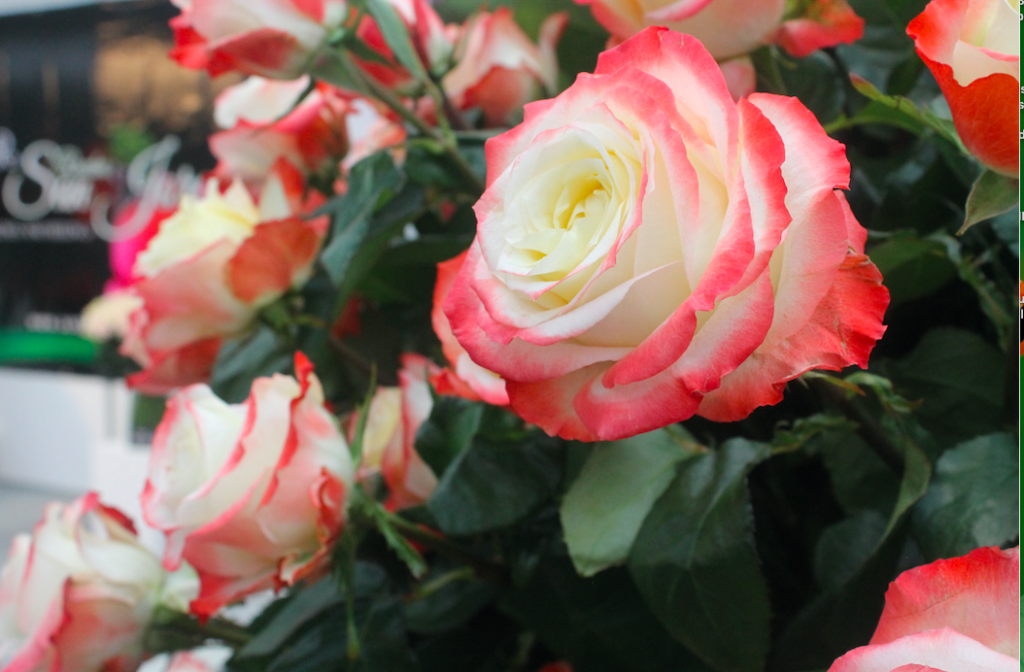
Things are calm in Ethiopia at the moment, after the recent riots. The situation has been back to normal in Ecuador as well since a few weeks. Flower growers in the Andean country were hit hard by the recent demonstrations. Brothers Dario and Gonzalo Chandli have a 5-ha nursery, Alto Sierra Roses, in the north of Ecuador, not far from the Colombian border. The protesters stayed away from their premises, but the flower transports to Quito airport were severely hindered. “A lorry normally takes 3 to 4 hours to get there. During the riots, it took 14 to 15 hours”, recalled Dario. There was one day when the airlines announced they weren’t flying at all.
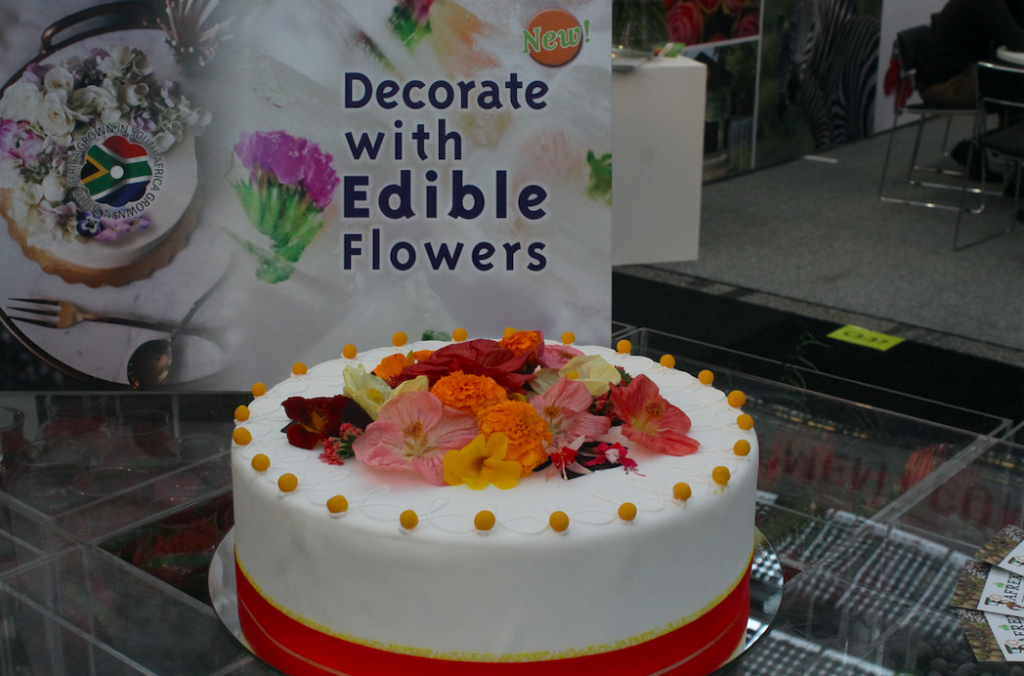
The booth of AFREX from South Africa featured an eye-catching cake decorated with edible flowers. The Netherlands isn’t among AFREX’s target markets, explained Etienne Taitz. There are enough Dutch growers to supply the domestic market with edible flowers. However, AFREX’s location in the southern hemisphere might offer opportunities during the winter months. “The United Kingdom, Russia and Hong Kong are currently our most important markets”, said Taitz. AFREX’s assortment includes edible viola, fuchsia, carnations, hibiscus, waxflower and tagetes, which they purchase from 24 different farms in Johannesburg. Taitz gave some insight into the kind of quantities they deal with. It takes 1,300 violas to make 100 grams. AFREX trades 2.5 tons of violas per year. An interesting fact to end with: one of the edible flowers, Acmella oleracea, is nicknamed ‘buzz button’. Chewing on the flower bud produces a unique, electrifying effect and cleanses the mouth.

